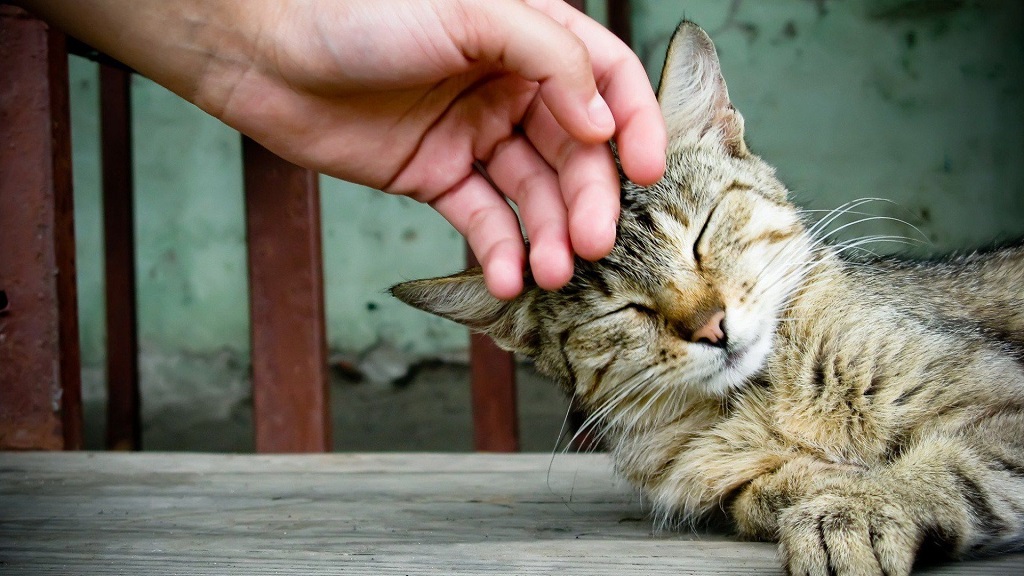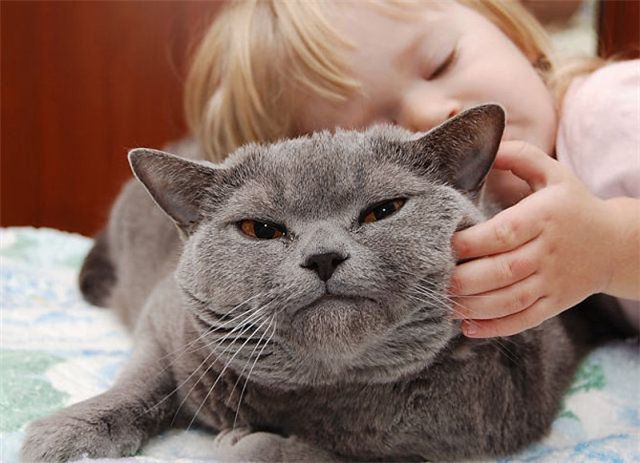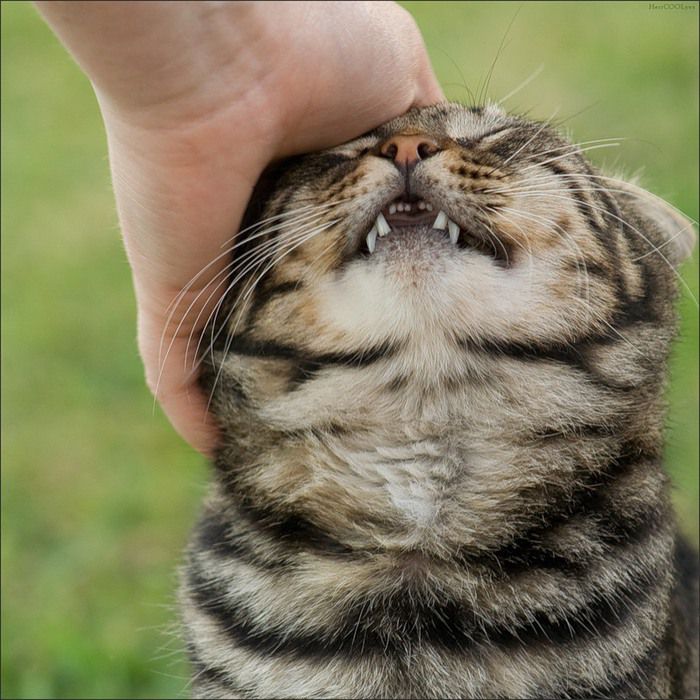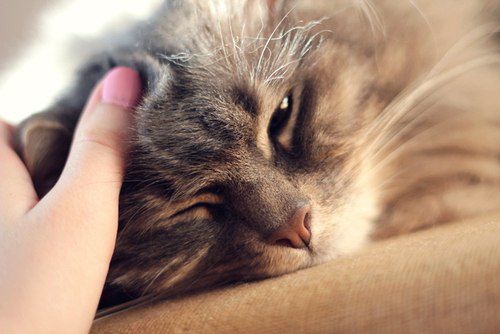Why cats purr?
It would be good if people would have the ability to heal himself every time he speaks? It sounds like a super power, but that's what happens every time your cat purrs. And that's not all. Purring is a distinct feline vocal, expressing many of the most extreme moments of a cat's life, both positive and negative.

Why do cats purr?
Usually, humans Express pain or anxiety very differently from pleasure. This may be why we assume purrs mean our cats are happy. Purring can mean contentment in cats, but it may also mean anxiety, pain, fear or chronic ill health. As we will see, there is evidence that purring may even ease stress, as well as to possess therapeutic properties, which are peculiar to cats and their closest companions.
Kittens begin purring immediately after their birth, they learn to make their own sound vibrations within a week after birth. The sound is first produced during feeding to calm the mother cat and help her to bond with her newborn kitten. Here, purring with a low decibel level means comfort, pleasure and safety.
Cats use a variety of sounds which differ from the usual meows, screams and angry hiss, and soothing vibrations of the purring. Every sound serves its purpose. Meow functionally for communication that would directly convey specific messages like "feed me" "stroke me" - or to connect with potential partners over a long distance in the wild.
In a domestic situation, cats often use meows to get what they need or want, and then share a thankful purr to show their appreciation. Some of thwe say that this is what cats teach their owners to fulfill their wishes. Conversely, a purr is more expressive of internal States, although it is not clear whether it is voluntary or involuntary behavior.

The Mozart Effect
If you observe a cat over time, you may notice that cats purr not only when they are well, but when stressed or in pain. Purring may be a signal that something is wrong. Cats use purring when experiencing pleasant or uneasy feelings, especially when those feelings are very intense.
Scientists have learned a lot in recent years about the value of certain low frequency sound which healthy bone growth. Because purring rhythms at a frequency of about 25 to 150 Hertz, or vibrations per second, it has been hypothesized that purring promotes healing, and not only calms stress, but stimulates the literally bone mass and bone density. The properties of the vibrations create an ideal healing environment for the body, especially the bones of the skeleton.
Elizabeth von muggenthaler presented this theory in 2001 at the international conference of acoustics and physics, in which she discussed the possibility of cats to influence health. "Is it possible that evolution has created felines with a natural healing mechanism for bones and other organs?" Asked von muggenthaler.
If this is true, it would mean that the cat's purr can help to speed up the repair of fractures, muscles and tendon injuries. It can also help relieve pain, stiff joints, and even shortness of breath. It makes sense, cats do seem to heal from injuries and wounds at a freakishly fast pace.

Anatomy purring, andwhether where does it come from?
First, the cat's brain perceives pleasure or pain, which can be either external or internal. The brain sends a rhythmic messages directly to the muscles in the cat's throat, known as laryngeal muscles. It also sends these airborne sound waves on the diaphragm of a cat.
A tiny neck bone called the "hyoid" makes it possible for cats to purr continually as they inhale and exhale. The uniqueness of this process is that it includes both inhalation and exhalation. Unlike meowing, purring can be used during the entire respiratory cycle.
Additional facts for curious
Not every creature can purr only those who are of the family Felidae. Such "cat" as she a Bobcat, Cheetah, Eurasian lynx, Puma and wild cats. And it's not the fluffy Pets cats we keep as Pets.
Unlike cats, creatures like lions, leopards, jaguars and tigers do not purr. These cats roar instead, thanks to a special connective ligament in the throat, which gives the possibility of intimidating roar. Interestingly, the cat either roars or purrs, but never both together.

Healing in microgravity
Bones is under the influence of gravity to maintain itself. The bones of the skeleton are designed to support the weight of the body, and if they don't, they just atrophy. It happens to astronauts who spend a lot of time in the microgravity environment of outer space.
The lack of gravity means your bones are not involved and do not fulfill any purpose. Inaction reduces 1% of bone mass per month from the bodies of astronauts. This means that people long time in space have very similar symptoms with the disease osteoporoseM. Can the cats ' purring to help fix this particular problem? Some researchers say Yes, the subject is still under study.
Today's theories of purr
Although the science of the purr is not well understood, researchers are pretty confident to realize the basics of the process. It was not always so. In the past few incorrect theories suck up. Some have suggested that cats have a special organ dedicated to the purr. Another assumption was that the purr is caused by the passage of blood through the large veins in the abdomen of a cat or the sound of blood, which affects the aorta and arteries in the throat.
The researchers finally realized that cats with laryngeal paralysis cannot purr. Without the dutiful laryngeal muscles work to open and close the space between the vocal cords of cats, we hear the familiar sound of purring.
Animals,Our world,It's interesting











